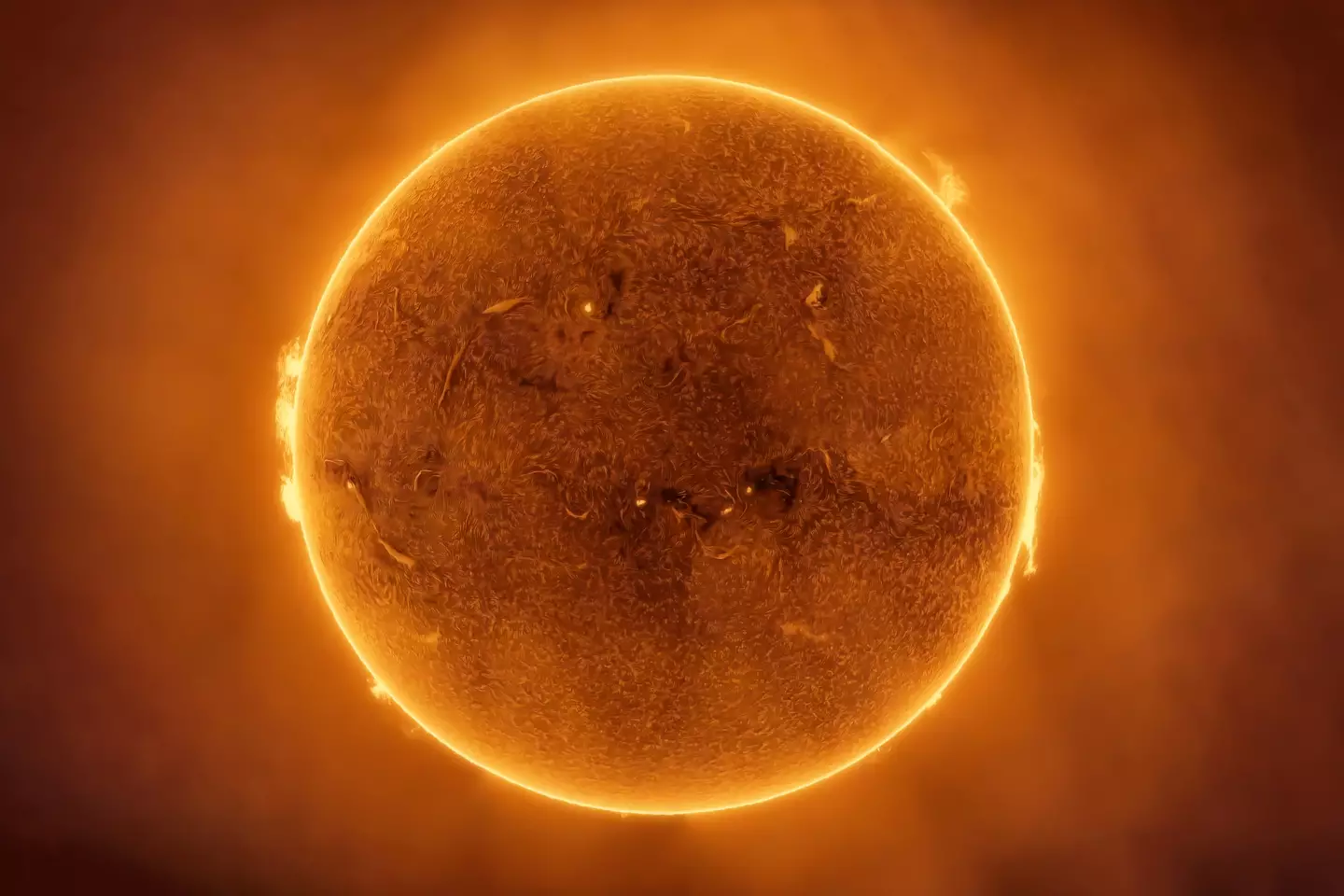Research has suggested a connection between solar activity and an increase in heart attacks. This investigation was carried out by the National Institute for Space Research (INPE) and analyzed health records from São José dos Campos in São Paulo, Brazil, over the years 1998 to 2005.
This timeframe was noted for its significant solar activity. The findings, published in the journal Communications Medicine, took into account the frequency of hospital admissions for myocardial infarction, a condition where the heart’s blood supply is abruptly halted.
During this period, the study included data from 871 men and 469 women hospitalized with the condition, and it also examined fluctuations in Earth’s geomagnetic field.
The study aimed to identify if an association existed between heightened solar activity and the number of hospital admissions, and it reported finding such a link.

Luiz Felipe Campos de Rezende, a researcher at the INPE, served as the corresponding author of the study.
In an interview with Agência FAPESP, de Rezende mentioned, “We classified the days analyzed as calm, moderate, or disturbed. And the health data were divided by sex and age group [up to 30 years old; between 31 and 60; over 60 years old].
“It’s worth noting that the number of heart attacks among men is almost twice as high—regardless of geomagnetic conditions.”
Interestingly, the study pointed out that despite nearly twice as many men being admitted, women seemed to be more affected.
“But when we look at the relative frequency rate of cases, we find that for women, it’s significantly higher during disturbed geomagnetic conditions compared to calm conditions,” de Rezende added.
“In the 31–60 age group, it’s up to three times higher. Therefore, our results suggest that women are more susceptible to geomagnetic conditions.”
While the impact of geomagnetic variations on technology like satellites and communications is well-documented, research into their potential effects on humans has been ongoing since the 1970s.
However, de Rezende emphasized the need for further research to substantiate the link between heart attacks and solar activity.

“The intention isn’t to cause alarm among the population, particularly among women,” he noted. “There are some limitations to consider: this is an observational study conducted in a single city, using a sample size that isn’t yet ideal for medical questions.”
He continued, “However, we believe that these findings represent an empirical result of hypothetical significance and relevance that shouldn’t be disregarded in the scientific context.”
The study also acknowledges other health-related factors such as ‘genetic issues, sedentary lifestyles, and habits’ that could affect an individual’s condition.
This research coincides with NASA’s warning about the Sun entering an unexpected phase of increased activity.
Jamie Jasinski from NASA’s Jet Propulsion Laboratory in Southern California explained that scientists had predicted a period of low solar activity starting in 2008.
“But then the trend of declining solar wind ended, and since then plasma and magnetic field parameters have steadily been increasing,” he remarked, adding: “All signs were pointing to the Sun going into a prolonged phase of low activity.
“So it was a surprise to see that trend reversed. The Sun is slowly waking up.”

